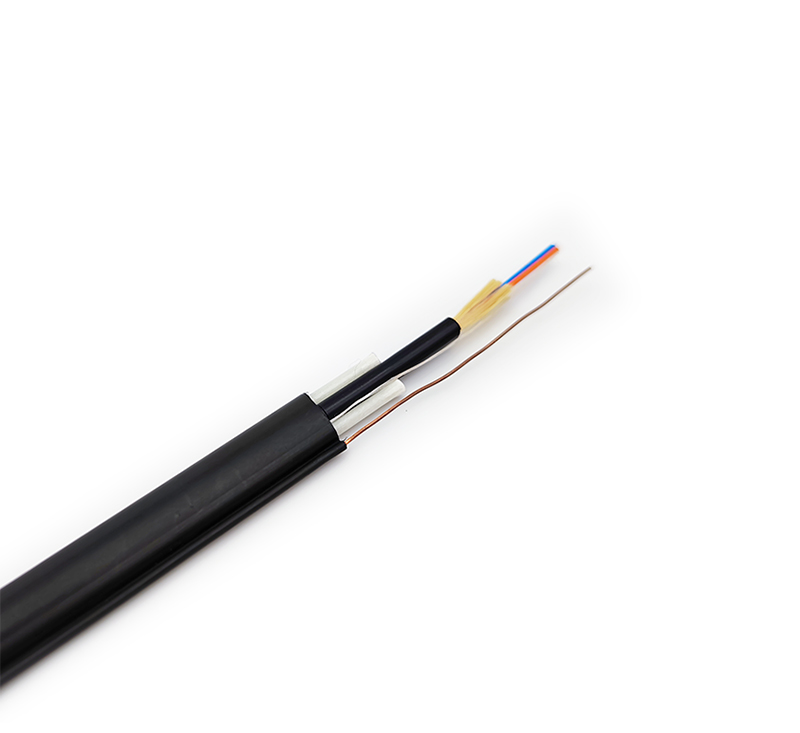According to the principle, optical splitter can be divided into fused taper type and planar waveguide type [1]. There are two types, the fusion taper type product is made by fusing two or more optical fibers on the side; the planar waveguide type is a micro-optical component type product, which uses photolithography technology to form an optical waveguide on a dielectric or semiconductor substrate to achieve branch distribution. Features. The two types of optical splitting principles are similar. They can achieve different sizes of branches by changing the evanescent field coupling between fibers (coupling degree, coupling length) and changing the fiber radius. Conversely, multiple optical signals can be combined into one signal. called a synth. Fused-cone fiber optic couplers have become the mainstream manufacturing technology in the market because of their simple manufacturing method, low price, easy connection with external optical fibers, and the advantages of being resistant to mechanical vibration and temperature changes.

FBT Fused Bi-conical Tap
That is, two (or more than two) optical fibers with the coating removed are disturbed in a certain way, melted under high temperature heating, and stretched to both sides at the same time, and finally a special waveguide structure in the form of a double cone is formed in the heating area. By controlling the twisting angle and stretching length of the fiber, different splitting ratios can be obtained. Finally, the taper area is cured on the quartz substrate with curing glue and inserted into the stainless copper tube, which is the optical splitter. In this production process, due to the inconsistency between the thermal expansion coefficient of the cured adhesive and the quartz substrate and stainless steel tube, the degree of thermal expansion and contraction is inconsistent when the ambient temperature changes. This situation is likely to cause damage to the optical splitter, especially the optical splitter. The situation is even worse when placed in the wild, which is also the main reason why the optical branch is easily damaged. For the production of splitters with more channels, multiple two splitters can be used.
Fused Fiber Splitter for signal transmission and distribution The Fused Fiber Splitter technology is to bundle two or more optical fibers together, then melt and stretch them on the taper machine, and monitor the change of the splitting ratio in real time. After the ratio meets the requirements, the melting and stretching is terminated, and one end of the fiber is reserved (the rest are cut off) as the input end, and the other end is used as the multi-channel output end. The mature taper drawing process can only draw less than 1×4 at a time. For devices above 1×4, use multiple 1×2s to connect them together. Then the whole package is packaged in the splitter box










